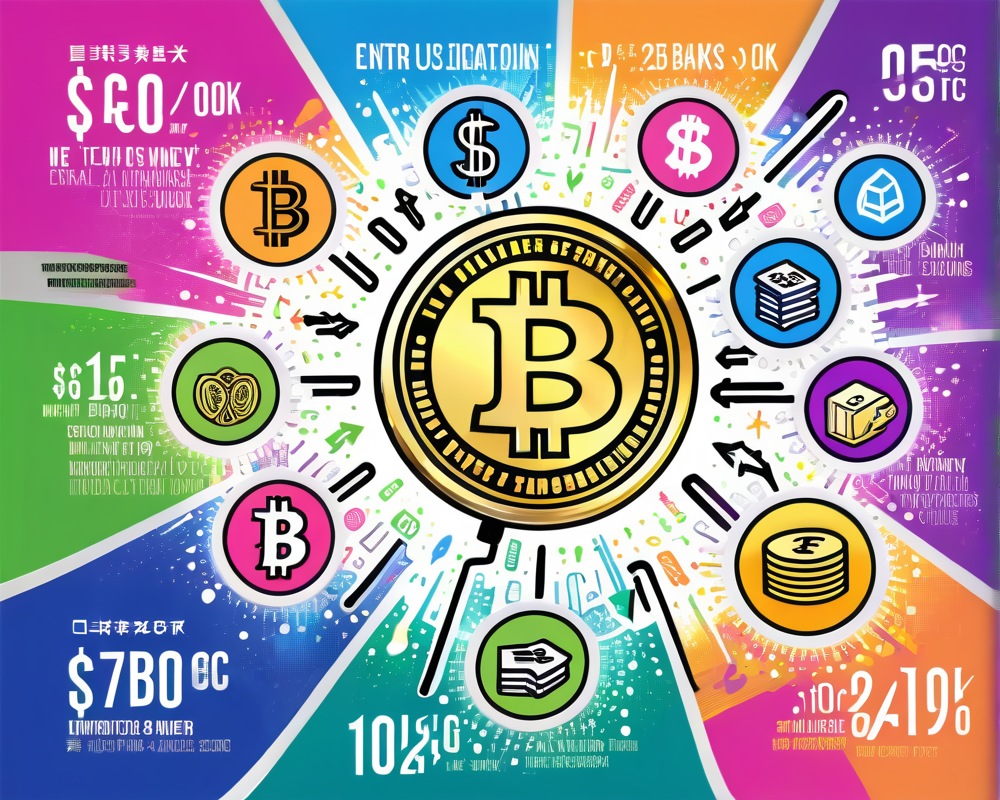Understanding Central Bank Digital Currencies (CBDCs)
Central Bank Digital Currencies, or CBDCs for short, are digital versions of a government’s fiat currency, like the U.S. dollar. Think of it as the tech-savvy cousin of good old cash, ready to step into the world of advanced transactions. The concept grabbed everyone’s attention back in 2020 when The Bahamas introduced the Sand Dollar, becoming the global trendsetter. Now, the U.S. is finding its stride and considering a similar leap.
What Experts Are Saying
According to a recent note from Bank of America, crypto experts Andrew Moss and Alkesh Shah proclaim that CBDCs are not just a fad—they’re an inevitable evolution in the landscape of electronic currencies. Stablecoin adoption will surge, as banks and payment platforms embrace these digital assets and their associated blockchain sorcery.
Benefits of Using a CBDC
The Federal Reserve Bank recently examined how a U.S. CBDC might enhance the domestic payment system, with the prospect of faster transactions across borders. Imagine sending money to Aunt Edna overseas in the blink of an eye—sounds like magic, right? But there’s more; a CBDC could potentially result in:
- Increased safety and effectiveness in payment systems
- Lower transaction costs for consumers
- More efficient methods for cross-border payments
Challenges on the Horizon
With great power comes great responsibility—or so the saying goes. The Federal Reserve has put on its thinking cap and identified some potential bumps in the road to a CBDC rollout. Major concerns include:
- Financial stability: How to keep the economy from wobbling?
- User privacy: Can we keep your secrets safe from prying eyes?
- Combatting illicit activities: Ensuring that digital dollars don’t fund nefarious deeds.
Enter the Fight: Private vs. Public Digital Currencies
In a world where digital currencies abound, we have both private and potential public players in the game. Current digital products—think online bank accounts and payment apps—are essentially liabilities of private companies. A CBDC shifts that responsibility to the U.S. Federal Reserve, a more centralized figure. Can they rise to the occasion and manage this responsibility appropriately? As the Fed delves deeper, they’re inviting public feedback on how to tackle these substantial issues until May 20.
The Global Landscape of CBDCs
While the U.S. dabbles in CBDCs, it’s not the only kid on the block. China is hustling hard to roll out its digital yuan, and Sweden is also in the race with its e-krona pilot scheme. The digital currency frontier is bustling, and everyone seems eager to be the digital currency poster child of the future. One thing is for sure—change is coming, and it may be just a digital dollar away.



